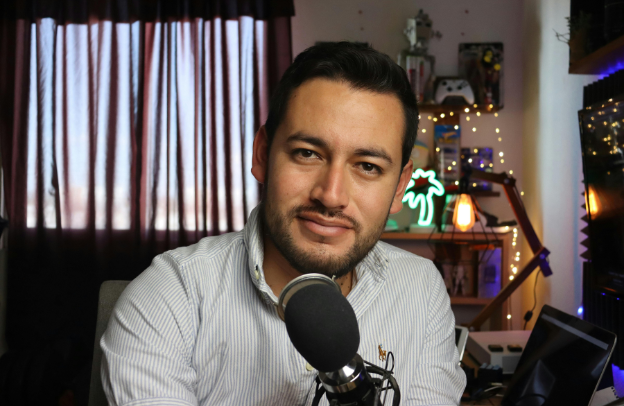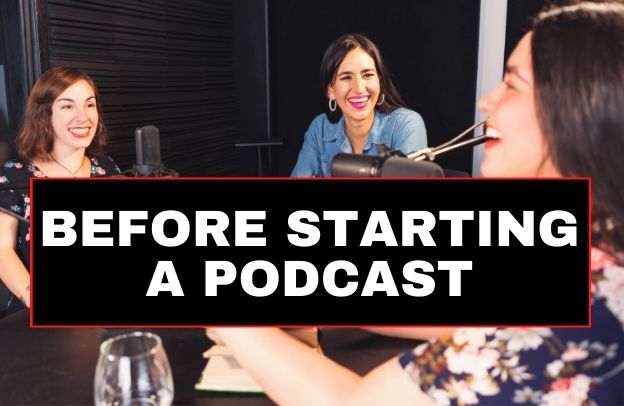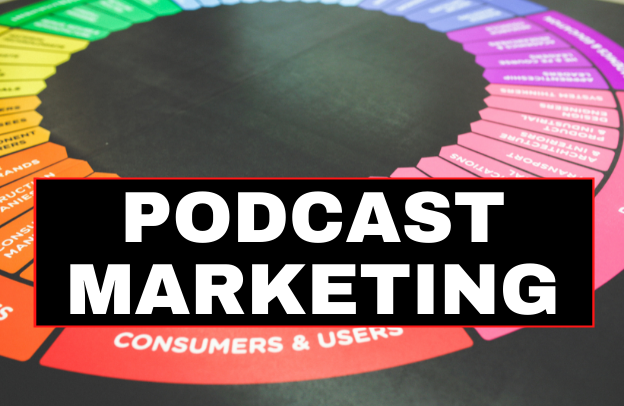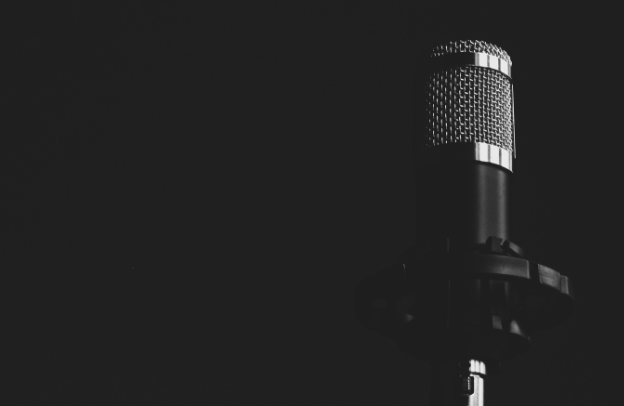Complete Guide to Episode Production: From Concept to Final Cut

Ever wondered how a simple idea transforms into a polished episode ready for the world to see? From brainstorming sessions to the final edit, episode production is a dynamic, behind-the-scenes journey that involves creativity, teamwork, and precision. Join us as we unravel the secrets of the entire process, exploring each crucial step that brings a concept to life on screen.
Want to learn more about storytelling? Start by downloading the first chapter of The Storytelling Mastery.
By the end of this lesson, you will know how to approach the entire production process, from choosing the right recording tools to editing like a pro, ensuring your podcast sounds crisp, clear, and compelling. If you are ready, then let’s get started.
Recording Your Podcast Episode
The first step to a great episode is a smooth and professional recording session. Here’s what you need to focus on:
Choosing the Right Equipment
You don’t need a high-end studio to create quality content, but investing in some essential tools can dramatically improve the audio experience:
- Microphone: A good microphone is non-negotiable. USB microphones like the Blue Yeti or XLR microphones like the Audio-Technica AT2020 are popular for their quality and affordability.
- Headphones: Using over-ear headphones during recording helps you monitor your audio in real time, catching any unwanted noise or issues.
- Pop Filter: A pop filter helps reduce the sharpness of “p” and “s” sounds (known as plosives), giving your voice a more professional tone.
- Recording Software (DAW): Use free software like Audacity, GarageBand for Mac users, or Adobe Audition to record your audio. These tools allow you to record, edit, and export your podcast episodes seamlessly.
Creating the Ideal Recording Environment
Even with great equipment, your recording environment plays a huge role in the sound quality of your podcast. So, make sure to consider the following:
- Quiet Space: Choose a room that’s quiet and free from echoes. You can use soundproofing materials like foam panels or even blankets to absorb excess sound.
- Minimize Background Noise: Turn off fans, air conditioners, and any other noisy appliances before recording. If you’re recording remotely, ask your guest to do the same.
- Mic Positioning: Speak directly into the microphone at a consistent distance of about 6-8 inches to avoid distortion or a “boomy” sound.
Editing Your Episode for Clarity and Flow
After recording, the magic happens in post-production. Editing your episode allows you to refine the content, remove distractions, and polish the final product for publishing.
Sometimes, especially when you are just starting your podcasting journey, you might not need a very high-end post-production. If you have paid close attention to what we have just discussed about creating the ideal recording environment for your podcast recording, all you will need might be basic editing. Now, here are some tips for basic editing:
- Clean Up the Audio: Remove unwanted noises like clicks, background hums, or interruptions using editing software. Tools like Audacity’s noise reduction feature or Adobe Audition’s DeNoise effect can help clean up your audio.
- Cut Out Mistakes: If there are pauses, filler words like “um” or “uh”, or tangents that don’t add value to the episode, trim them out to keep your episode tight and engaging.
- Leveling Audio: Make sure your audio levels are consistent throughout the episode. This means adjusting the volume of your voice, any guests, and your intro/outro music so they flow smoothly.
Adding Music and Sound Effects
Incorporating music and sound effects can elevate your podcast’s professionalism and enhance the listener experience. Make sure you consider the following:
- Intro and Outro Music: Use royalty-free music from platforms like Audio Jungle, Epidemic Sound, or even free music libraries to create a catchy introduction and ending for your episodes.
- Sound Effects: If you want to highlight key moments or add ambiance, subtle sound effects can be a great tool. Use them sparingly to avoid overwhelming your audience.
Exporting Your Episode
Once editing is complete, export your file in an appropriate format. Most podcasts are exported as MP3 files with a bitrate of 128kbps for good quality and manageable file size. Ensure you save your project files as backups so you can easily find them if you need them in the future.
From my experience with The Obehi Podcast, I can tell you that is a good decision to make.
Tools and Resources to Enhance Production Quality
To streamline your production process and ensure professional-quality episodes, consider using these tools:
- Auphonic: An online tool that automatically optimizes your audio by leveling volume, reducing noise, and improving overall sound quality.
- Descript: A revolutionary tool that lets you edit audio by editing text, making the process faster and more intuitive for beginners.
- Zencastr or Riverside.fm: These are excellent platforms for recording remote interviews in high-quality audio and video, perfect for podcasts with guest speakers.
- Anchor, now Spotify for Podcasters or Libsyn: For podcast hosting, these platforms allow you to publish and distribute your episodes to major podcast directories like Apple Podcasts, Spotify, Amazon Music and Audible in long list of others.
For more actionable tips on how to get the best out of your episode production, consider the following:
- Practice Before Going Live: Before your first official recording, do a few test runs to familiarize yourself with the equipment and software.
- Batch Record Episodes: To stay consistent, try recording multiple episodes in one session and editing them over time. This way, you’ll always have episodes ready to release.
- Pay Attention to Listener Feedback: After releasing a few episodes, ask your listeners for feedback on audio quality. They may catch things you haven’t noticed, helping you improve.
Conclusion: Producing High-Quality Episodes
Thank you for concluding lesson 5 of Podcasting Secrets For Businesses. The truth is that producing a high-quality podcast episode requires attention to detail, from selecting the right equipment to editing your content for clarity and engagement.
By investing time in both the recording and post-production stages, you ensure that your podcast not only sounds professional but also delivers a seamless, enjoyable experience for your listeners.
As you refine your production process, keep experimenting and improving with each episode. The more comfortable you become with your equipment, editing tools, and workflow, the more your confidence and skill will grow.
Now that you are equipped to produce high-quality episodes, the next step is ensuring those episodes reach your ideal audience.
In the following lessons, we will explore Building Authority and Thought Leadership Through Your Podcast. So, get ready for that.
Want to learn more about storytelling? Start by downloading the first chapter of The Storytelling Mastery.






